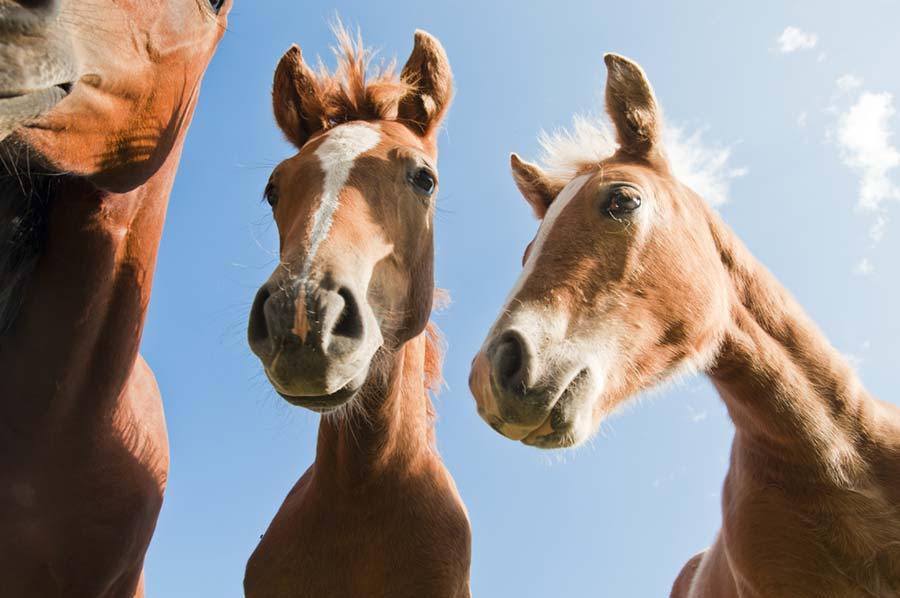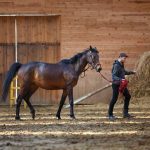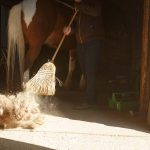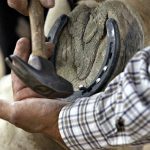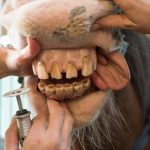Horse Behavior
Horses have a lot to say. They just don’t have voices. Instead, like most other animals, they let their body language do the talking. If you pay close attention to your horse, you’ll able to discern its moods. Here are five important things to watch for.
Pay Attention To Your Horse’s Eyes
Your horse’s eyes can inform you whether or not it is spooked. For example, when its eyes are rapidly darting from side to side, stay out of the way. This is the number one sign that something has spooked your horse and it’s getting ready to bolt. In addition, stress, discomfort, and fear are commonly shown in the muscles around the eyes. When you notice this increasing tension here, it’s a sign that something is wrong.
Tail Movements Have Meanings
It’s not unusual to see a horse swishing their tail back and forth. This is usually a method of controlling any flying insects that are in the vicinity. However, when those movements become a violent, jerking motion, your horse is angry about something. When a horse is stressed or nervous, it will leave its tail down, almost clamped to its hindquarters. An excited horse, on the other hand, raises its tail up. This position is called “flagged.” You do need to be careful here, as an excited horse could be either in an energetic mood or is spooked.
Head Positions Say A Lot
A horse that has lowered its head and is standing still is incredibly relaxed – sometimes to the point of being asleep. When you approach a horse with a head in this position, call its name gently in order to avoid scaring it. Your horse doesn’t want to be suddenly shaken out of deep sleep, much like its owner. When that head is lowered and snaking from side to side, you need to beware. This is a sign of anger and aggression. You can either take the steps necessary to calm the horse, or just stay out of the way.
Watch The Ears
There are three main ear positions and motions to watch out for. A horse with ears that are turned out to the side in a more natural position is relaxed or even asleep. If those ears are turned backward, then your horse is listening to something in the distance. You might see it take off in that direction in order to check out what’s going on. Finally, ears that are swiveling back and forth are a sign that your horse is anxious or overwhelmed.
Whole Body Movements Contain Important Clues
Just like humans, a horse will tremble when it’s scared. These whole body tremors are easy to detect and are a cue to sooth your favorite animal. Watch out for horses that begin to swing their hindquarters, because they’re probably going to start kicking. You don’t want to be in the way! Also, those who go towards you to nuzzle you with their heads or mouths might be projecting a number of different emotions. These range from biting you in fear to needing comfort. It’s important to take all of your horse’s body language into account in order to determine its mood here.

